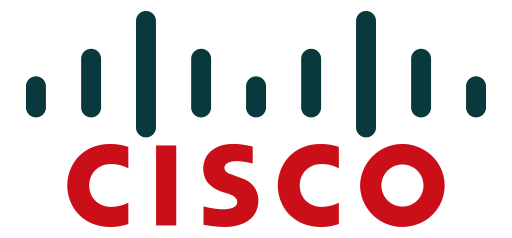—
Green Printing
Working With Us is Good For Business and the Environment.
 We’re just as concerned as our customers when it comes to environmentally friendly printing. Consequently, we’ve partnered with paper manufacturers who are able to provide us with FSC Certified Products. The FSC’s (Forest Stewardship Council) vision is to meet the social, ecological, and economic rights and needs of the present generation without compromising those of future generations. Ask us about exhibiting the FSC icon on your printed materials.
We’re just as concerned as our customers when it comes to environmentally friendly printing. Consequently, we’ve partnered with paper manufacturers who are able to provide us with FSC Certified Products. The FSC’s (Forest Stewardship Council) vision is to meet the social, ecological, and economic rights and needs of the present generation without compromising those of future generations. Ask us about exhibiting the FSC icon on your printed materials.
Common Misconceptions about Print and Paper**
1. Making Paper destroys forests
Actually, paper production supports sustainable forest management. The US Paper Industry promotes sustainable forestry and depends on sustainable forest growth to provide a reliable supply of wood fiber.
2. Making Paper is Bad for the Environment
Actually, paper is one of the few truly sustainable products. Paper is made from a natural resource that is both renewable and recyclable. These features, combined with the US Paper Industry’s advocacy of responsible forestry practices and certification as well as use of renewable, carbon-neutral biofuels and advances in efficient papermaking technology, make paper one of the most sustainable products on earth.
3. Making Paper consumes a lot of energy
True, but most of it is renewable energy. Nearly two-thirds of the energy used by pulp and paper mills is self-generated using renewable carbon-neutral biomass.
4. Paper has a high carbon footprint
It’s not as high as you may think. The key steps in the life cycle of paper products are: Forest management, pulp and paper manufacturing, transportation of raw material and products, paper use, disposal, and recycling. A breakdown of this life cycle can be divided into 3 basic elements. Greenhouse gas emissions, carbon sequestration, and avoided emissions. Each of these elements is influenced by characteristics that make paper’s footprint smaller than might be expected. It’s made from a renewable resource that stores carbon, it’s manufactured using mostly renewable energy, and it’s recyclable.
5. Harvesting Trees to make paper is bad
Sustainable forest management benefits people and the planet. While it is true that collecting used paper and recycling it into new products is good for the environment, there’s a catch. The wood fibers in paper can be recycled only about five times before they get too weak and break down. That’s why we need fresh fiber harvested from responsibly managed forests.
6. Print and paper is a wasteful product
Paper is one of the most recycled products in the world. In 2010 nearly 51 million tons or 63.5% of the paper used in the US was recovered for recycling, an 89% increase in the recovery rate since 1990.
7. Electronic communication is more environmentally friendly than print and paper
Not necessarily, E-Media also has environmental impacts. The direct impact of ICT (electronic) products and services replacing paper is far from negligible and the trade-off between the two technologies depends on conditions such as use frequency, source of energy, end-of-life management of the products, etc. with a reading time of 30 minutes a day, the environmental impact of a web based newspaper is, in general, the same as a printed newspaper’s environmental impact.
**Source – TwoSides
We’re committed to environmentally friendly printing for us and our customers. If you’re looking for green solutions, we can accomodate. In the end, we win, the environment wins, and you win.

Some of the most trusted brands trust their printing to Accelerate Print Group.























